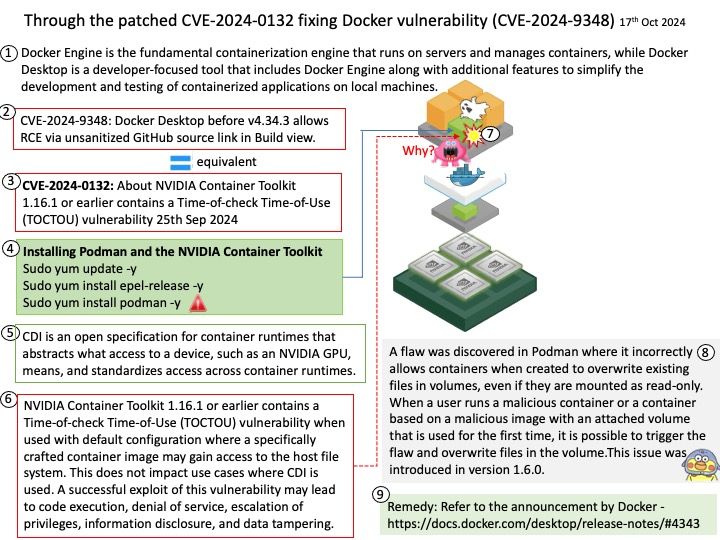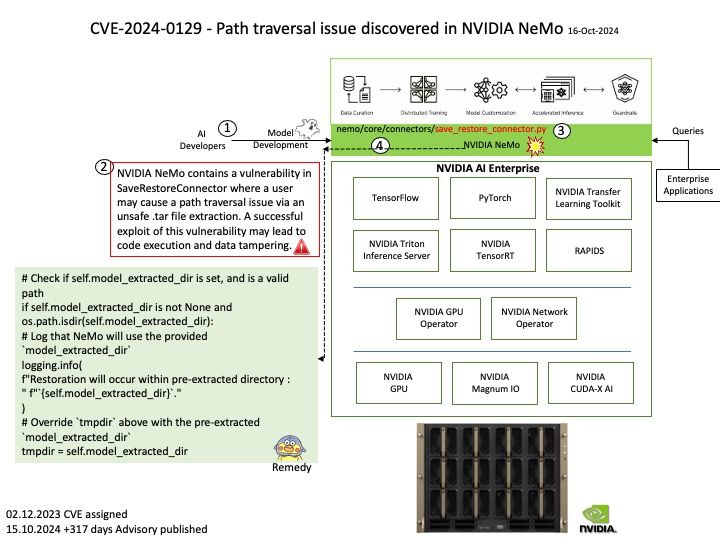
Preface: µD3TN is a free space-tested software protocol stack for delay-tolerant networks. It runs on POSIX and Linux operating systems and can easily adapt to a variety of challenging networks. The source code is available under a BSD license.
AREAS OF APPLICATION : Car-to-X Communication ,Offshore Communication , Maritime Research , Satellite Communication and Reliable One-Way Communication.
Background: µD3TN can be accessed by the application layer via plain IPC as well as TCP sockets. µD3TN can be operated on top of different lower-layer protocols. A generic interface, called a Convergence Layer Adapter, enables the Bundle Protocol to connect heterogeneous networks.
Vulnerability details: A BPv7 bundle with a malformed extension block can trigger an assertion failure that causes the service to terminate unexpectedly. This could be used by an attacker for launching a denial of service (DoS) attack.
Official announcement: Please refer to the link for details – https://nvd.nist.gov/vuln/detail/CVE-2024-10455








